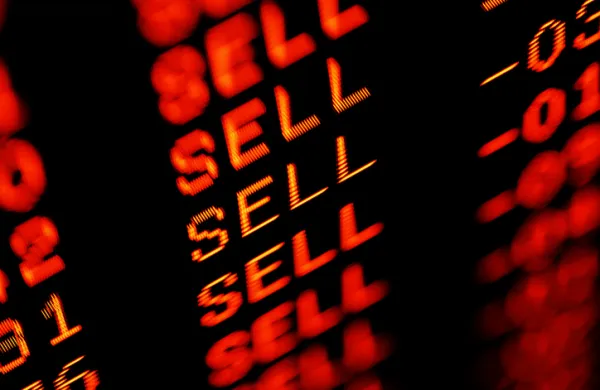Scott Bauer, for CME Group
AT A GLANCE
- Since 1945, the S&P 500 has experienced 86 pullbacks vs. 28 corrections vs. 12 bear markets
- With the S&P 500 down more than 18% YTD from its Jan. 3 high, the market is considered to be in a “correction phase”
I couldn’t have known at the time that just two weeks later, the market would bottom after a more than 33% decline.
The market activity that occurred in 2020 was unique, given the velocity with which everything occurred. From the all-time highs of February 2020, we moved through the phases of pullback, correction and bear market in slightly more than a month. The market fell over 30% in just 22 trading days, the quickest timeframe in which it has ever done so. However, by early August 2020, the market had recouped all those losses and ended the year over 12.5% higher than the previous all-time high set on Feb. 19, 2020.
Now, in mid-September 2022, the market is firmly entrenched in a more traditional pullback/correction, as the S&P 500 is down more than 18% year-to-date from its Jan. 3 high. While the timeline of this decline so far has been more conventional, spanning more than eight months at this point, the same principles and investor reactions that I wrote about two years ago still apply.
Highly volatile day-to-day market activity commands business news and social media attention. Economic, political and geopolitical risks are extremely prevalent right now, as news cycles seem to be dominated by a rotating cycle of negative headlines. Whether it’s red-hot inflation and slowing economic growth, the upcoming primaries and mid-term elections, or the continued war between Russia and Ukraine, there is a nearly endless broadcast of bad news. All of that, combined with investors seeing sustained drops in their investments for the first time in nearly a decade, has caused consumer sentiment around the economy and markets to hit a 40-year low.
*According to asset management and investment firm Guggenheim Investments, the S&P 500 Index has experienced 86 pullbacks, 28 corrections and 12 bear markets since 1945.
However, there are still reasons to be optimistic about the markets. In that March 2020 article, I noted that during bear markets, trading activity tends to decrease, as do dividend yields. This time around, daily trading volume on the S&P 500 has not taken a noteworthy hit. In fact, it has actually traded above average volume on certain days. Similarly, the S&P 500 dividend yield is actually the highest it’s been in almost two years since companies worldwide slashed dividends due to the pandemic.
Another reason to be optimistic in regards to the S&P 500 is that valuations have finally decreased from their COVID highs back to near historical averages. As of Sept. 9, according to FactSet, the S&P 500 forward 12-month P/E ratio sat at around 16.8x earnings. The disconnect that could be seen and felt when the equity markets ran red hot, despite the country and a large part of the world being shut down due to the pandemic, is finally starting to level out.
While some economic data may point to a recession, there are other indicators which signal that the economy is not quite in a cyclical recession yet. Similarly, while the recent correction in the equity markets has scared investors and devastated sentiment, there are reasons to be optimistic looking forward.
Not all bear markets are alike, and as the saying commonly goes, “It’s always darkest before the dawn.” And in fact, bulls tend to follow bears. It’s important to remain focused on the long-term prospects of investing and not get caught up in the day-to-day volatility that can lead to poor reactive decision making.






